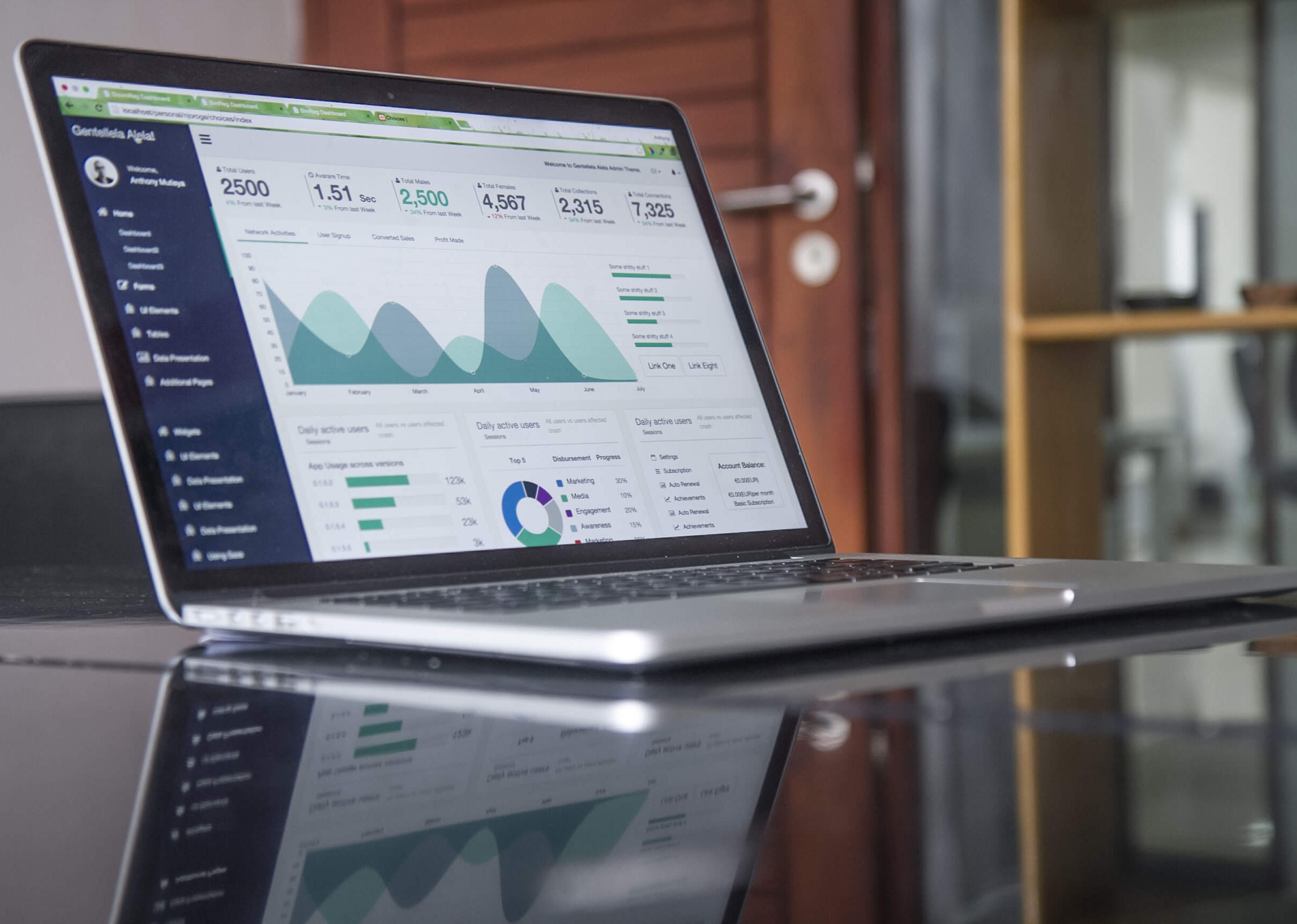The need for extracting data from websites is increasing. When we are conducting data related projects such as price monitoring, business analytics or news aggregator, we would always need to record the data from websites. However, copying and pasting data line by line has been outdated. In this article, we would teach you how to become an “insider” in extracting data from websites, which is to do web scraping with python.
Step 0: Introduction
Web scraping is a technique that could help us transform HTML unstructured data into structured data in a spreadsheet or database. Besides using python to write code, accessing website data with API or data extraction tools like Octoparse are other alternative options for web scraping.
For some big websites like Airbnb or Twitter, they would provide API for developers to access their data. API stands for Application Programming Interface, which is the access for two applications to communicate with each other. For most people, API is the most optimal approach to obtain data provided from the website themselves.
However, most websites don’t have API services. Sometimes even if they provide API, the data you could get is not what you want. Therefore, writing a python script to build a web crawler becomes another powerful and flexible solution.
So why should we use python instead of other languages?
- Flexibility: As we know, websites update quickly. Not only the content but also the web structure would change frequently. Python is an easy-to-use language because it is dynamically imputable and highly productive. Therefore, people could change their code easily and keep up with the speed of web updates.
- Powerful: Python has a large collection of mature libraries. For example, requests, beautifulsoup4 could help us fetch URLs and pull out information from web pages. Selenium could help us avoid some anti-scraping techniques by giving web crawlers the ability to mimic human browsing behaviors. In addition, re, numpy and pandas can help us clean and process the data.
Now let’s start our trip on web scraping using Python!
Step 1: Import Python library
In this tutorial, we will show you how to scrape reviews. We will use two libraries: BeautifulSoup in bs4 and request in Uralic. These two libraries are commonly used in building a web crawler with Python. The first step is to import these two libraries in Python so that we can use the functions in these libraries.
Step 2: Extract the HTML from webpage
We need to extract reviews from the target URL. So first, let’s save the URL in a variable called URL. Then we could access the content on this webpage and save the HTML in “ourUrl” by using urlopen() function in request.
Then we apply BeautifulSoup to parse the page.
Now that we have the “soup”, which is the raw HTML for this website, we could use a function called prettify() to clean the raw data and print it to see the nested structure of HTML in the “soup”.
Step 3: Locate and scrape the reviews
Next, we should find the HTML reviews on this web page, extract them and store them. For each element in the web page, they would always have a unique HTML “ID”. To check their ID, we would need to INSPECT them on a web page.
After clicking “Inspect element” (or “Inspect”, depending on different browsers), we could see the HTML of the reviews.
In this case, the reviews are located under the tag called ”p”. So we will first use the function called find_all() to find the parent node of these reviews. And then locate all elements with the tag “p” under the parent node in a loop. After finding all “p” elements, we would store them in an empty list called “review”.
Now we get all the reviews from that page. Let’s see how many reviews we have extracted.

Step 4: Clean the reviews
You must notice that there are still some useless texts such as “<p lang=’en’>” at the beginning of each review, “<br/>” in the middle of the reviews and “</p>” at the end of each review.
“<br/>” stands for a single line breaks. We don’t need any line breaks in the reviews so we will need to delete them. Also, “<p lang=’en’>” and “</p>” are the beginning and ending of the HTML and we also need to delete them.
Finally, we successfully got all the clean reviews with less than 20 lines of code.
Here is just a demo to scrape 20 reviews. But in real cases, we may need to face a lot of other situations. For example, we will need steps like pagination to go to other pages and extract the rest of the reviews for this shop. Or we will also need to scrape down other information like reviewer name, reviewer location, review time, rating, check-in……
To implement the above operation and get more data, we would need to learn more functions and libraries such as selenium or regular expression. It would be interesting to spend more time drilling into the challenges of web scraping.
However, if you are looking for some simple ways to do web scraping, Octoparse could be your solution. Octoparse is a powerful web scraping tool which could help you easily obtain information from websites. Feel free to contact us when you need a powerful web-scraping tool for your business or project!




